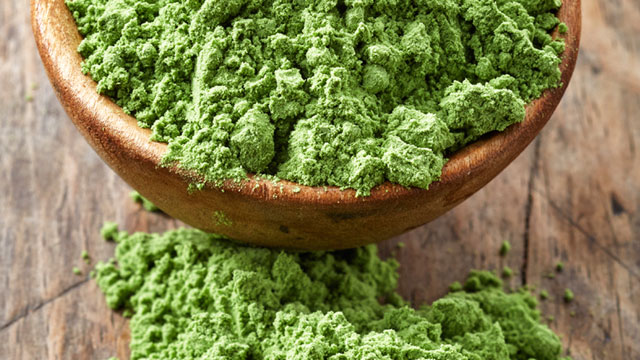Mills and Grinders: Like Coffee, Some Science Needs Just the Right Grind
“To get the grind right, a scientist must pay attention to the details.”
 Turning a sample into a powder takes special care with some materials. “Greasy and humid samples stick to the mill components and, in the worst case, block them,” explains Michael Leppert, application specialist at Germany-based IKA. That can prevent getting the desired particle size and could lead to the loss of material. With such samples, appropriate drying can improve the results. Other materials and applications also pose challenges.
Turning a sample into a powder takes special care with some materials. “Greasy and humid samples stick to the mill components and, in the worst case, block them,” explains Michael Leppert, application specialist at Germany-based IKA. That can prevent getting the desired particle size and could lead to the loss of material. With such samples, appropriate drying can improve the results. Other materials and applications also pose challenges.
Hard materials, for example, can damage the milling or cutting tools. The increased abrasion, Leppert says, “can lead to contamination of samples.” He added that this is “especially problematic if you plan to use the sample for analyses or medical use.” As an example, he points out that you can’t use stainless-steel grinding tools if you are trying to detect iron in soil samples. Consequently, IKA’s Tube Mill, he says, includes “a patented batch mill with disposable grinding chamber, which eliminates the possibility of cross-contamination and reduces the effort of cleaning to a minimum.” Leppert adds, “For iron, though, a special tungsten carbide blade would be required.”
Related article: Maintenance Matters: Mills & Grinders
Some samples—especially elastic or fibrous ones, such as rubber or plant material, respectively—grind better if you make them brittle first with liquid nitrogen or dry ice. As Leppert points out, making a plant sample brittle first can keep it from winding around the grinding tool.
To get the grind right, a scientist must pay attention to the details. As an example, during drying, says Leppert, “Liquid nitrogen and dry ice can be used only for samples that are allowed to get humid, because both are freezing the water in the air that deposits on the sample.”
The grinding itself can impact the sample. “Grinding leads to a temperature rise due to friction,” Leppert says. “Some samples will be destroyed or altered by high temperatures.”
Getting ready for X-rays
For some applications, such as X-ray powder diffraction analysis (XRD), the sample must be ground just right. “The biggest challenge is the particle-size distribution,” says Jeff McGinn, president of McCrone Microscopes & Accessories (instrument division of The McCrone Group) in Westmont, Illinois. The McCrone micronizing mill prepares samples for analysis by X-ray diffraction, X-ray fluorescence, infrared spectroscopy, and atomic absorption analysis.
The sample goes in a jar that includes agate grinding elements, and the jar gets locked in the mill for a timed run. The longer the grind, the finer the sample. Other contributing factors may include the addition of a solvent—also known as a “wet run”—or using none at all—a “dry run.”
Related article: Product Focus: Laboratory Mills
This mill’s primary users work in mining or the oil and gas industries, though university researchers also use it. In the Department of Geology at the University of Georgia in Athens, Professor Paul A. Schroeder uses a McCrone micronizing mill to “grind rocks and minerals for X-ray diffraction studies.” He says, “It provides for optimal particle size for orientation of powders in the X-ray beam.” At Iowa State University in Ames, scientist Scott Schlorholtz says, “We process materials from the cement and energy industry using the McCrone micronizing mill.” The resulting particles are between 1 and 10 microns, he says, and this “helps for quantitative phase analysis using X-ray diffraction techniques.”
This mill usually works for a long time. McGinn says that it’s common for this mill to last for 15 to 20 years, although some parts require maintenance: “Rubber mounts inside the mill and sometimes even the agate grinding elements need to be changed out.” Also, the jar that holds the sample will need to be replaced over time.
As these examples show, the right grinder for the job makes all the difference. Find the one that works best for you.
For additional resources on mills and grinders, including useful articles and a list of manufacturers, visit www.labmanager.com/mills-and-grinders
